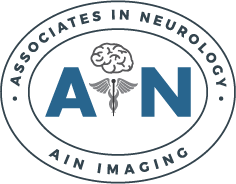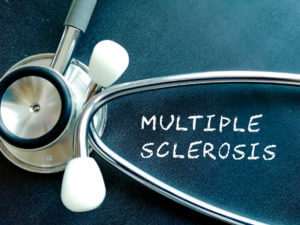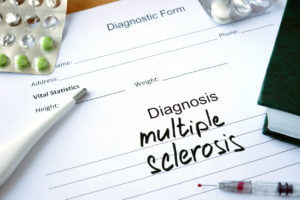Multiple sclerosis (MS) is a neurological condition that affects the central nervous system and can lead to symptoms such as muscle weakness, fatigue, pain, and difficulty with coordination or mobility. For people living with MS, treatment is crucial to maintain independence, improve quality of life, and manage daily challenges. While there is no cure for
Read MoreBlog
Severe Headache Treatment Near Me: What to Expect
Headaches affect nearly everyone at some point, but severe headaches can significantly interfere with daily life. Whether it is a persistent migraine or a debilitating stress headache, understanding your treatment options is essential to finding relief. This blog details what to expect when seeking severe headache treatment and explores the advanced options available for patients.
Read MoreMultiple Sclerosis Medications: Understanding Your Treatment Options
Multiple sclerosis treatment has advanced significantly, offering hope and a better quality of life for patients. If you have recently been diagnosed with multiple sclerosis (MS) or are considering a new treatment plan, understanding your options can help you make informed decisions. Let us explore the role of medications in managing MS, focusing on how
Read MoreParenting a Child With Cerebral Palsy: Support & Treatment Options
Caring for a child with cerebral palsy can feel overwhelming, but remember, you are not alone. Many parents face similar challenges and work every day to ensure their child thrives. Cerebral palsy involves a group of disorders that affect a child’s motor skills, muscle tone, balance, and coordination. Understanding cerebral palsy treatment options, accessing local
Read MoreThe Role of Diet and Hydration in Severe Headache Treatment
Headaches can be disruptive, making it difficult to focus on daily tasks. While there are medical headache treatments available, diet and hydration also play a key role in managing and preventing severe headaches. For headache sufferers, adopting small dietary and hydration changes can lead to significant improvements. This blog will explore how nutrition and water
Read MoreHow Do I Know If My Headache is from Stress?
Headaches are a common health issue, but not all headaches are the same. Stress is a frequent trigger of headaches, leading to what is known as tension-type headaches or “stress headaches.” Finding proper treatment for the stress headache can greatly improve an individual’s quality of life. Understanding whether your headache is linked to stress is
Read MoreTop Therapies to Enhance Multiple Sclerosis Treatment
Multiple sclerosis (MS) is a complex condition that affects the central nervous system. While treatments for MS have advanced significantly, many patients and caregivers are searching for ways to enhance multiple sclerosis treatment for better results. Whether you are newly diagnosed or have been managing MS for years, understanding these therapies can empower you to
Read MoreHow Physical Therapy Fits into Parkinson’s Disease Treatment
Parkinson’s disease is a progressive disorder that primarily affects movement and requires long-term treatment. It occurs when neurons in the brain producing dopamine — a chemical responsible for smooth and coordinated muscle function — are lost. Common Parkinson’s disease symptoms include shaky hands or tremors, slow movement, rigid muscles, and balance issues. People often experience
Read MoreSevere Headache Treatment: When to Seek Medical Help
Almost everyone gets a headache from time to time. While most headaches are harmless and can be managed at home, some are severe enough that they may interfere with your daily life or indicate a serious health issue. Knowing when to seek medical help for a severe headache can make all the difference in ensuring
Read MoreParkinson’s Disease Treatments for Early Stages
Parkinson’s disease is a progressive disorder of the human nervous system that primarily affects movement. For patients recently diagnosed with this condition, the early stages can feel overwhelming. However, understanding available treatment options can empower you to manage it effectively and maintain your quality of life. Let us explore the treatment options available for the
Read More











